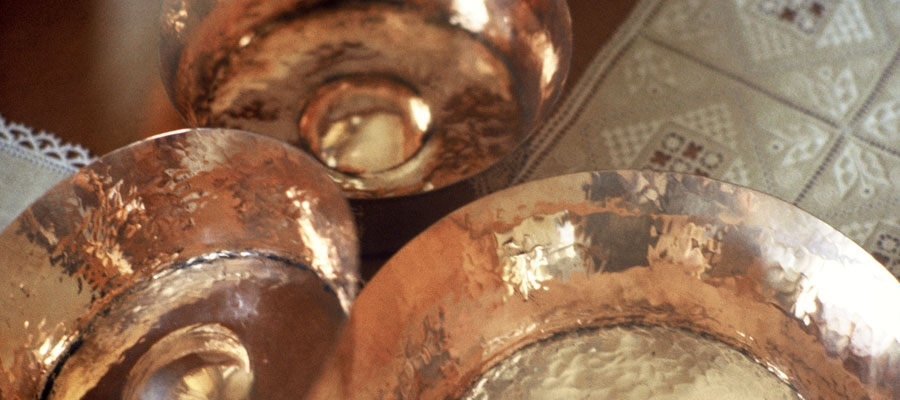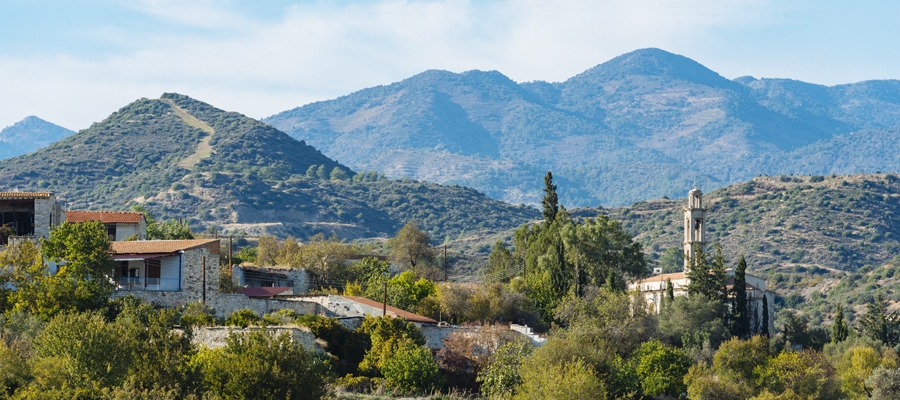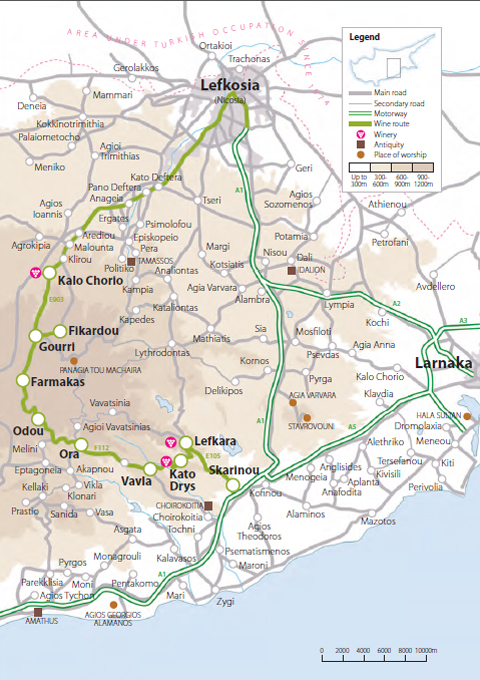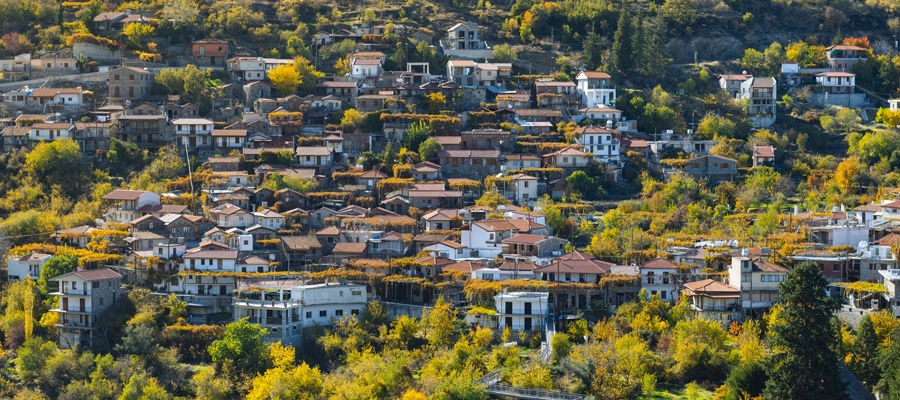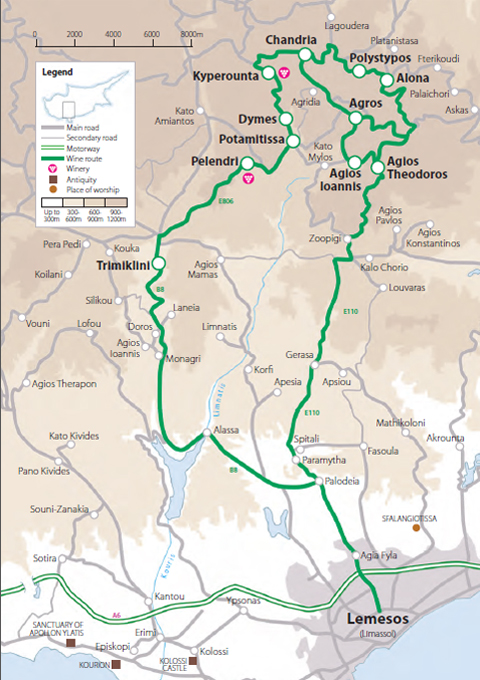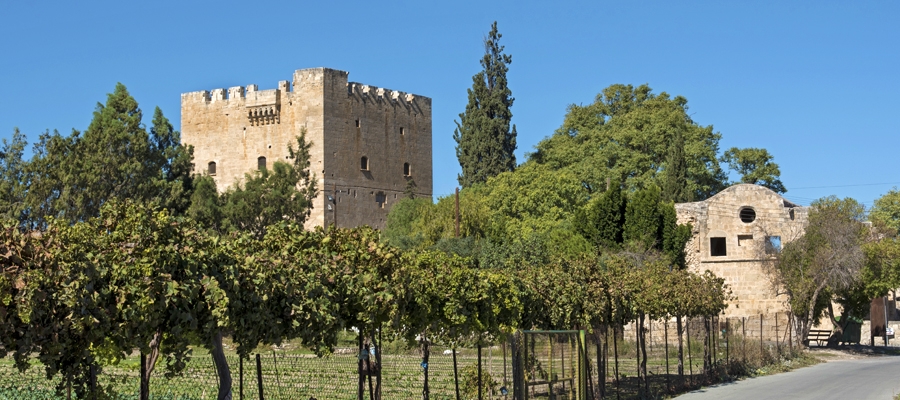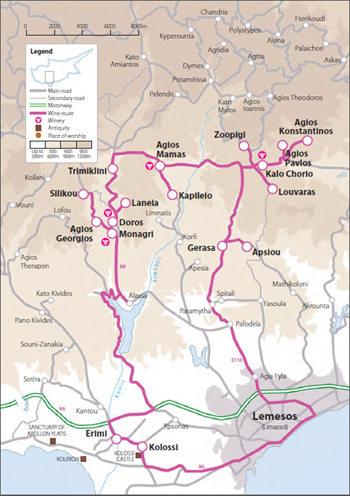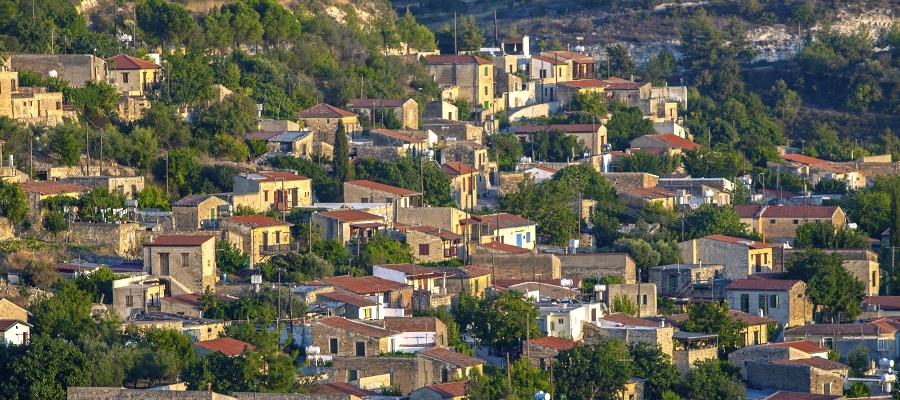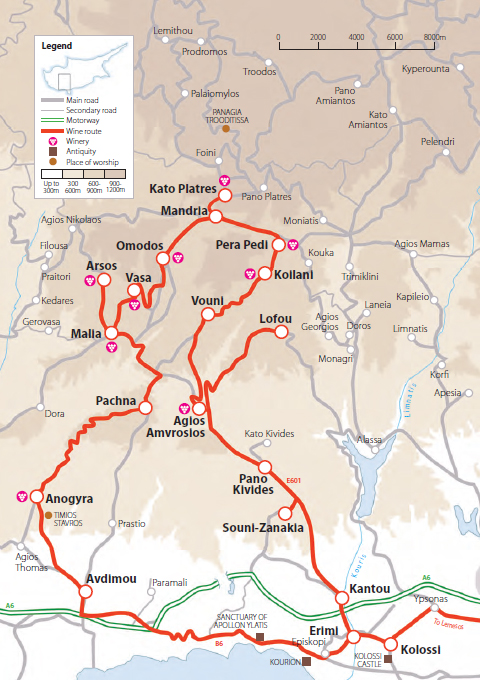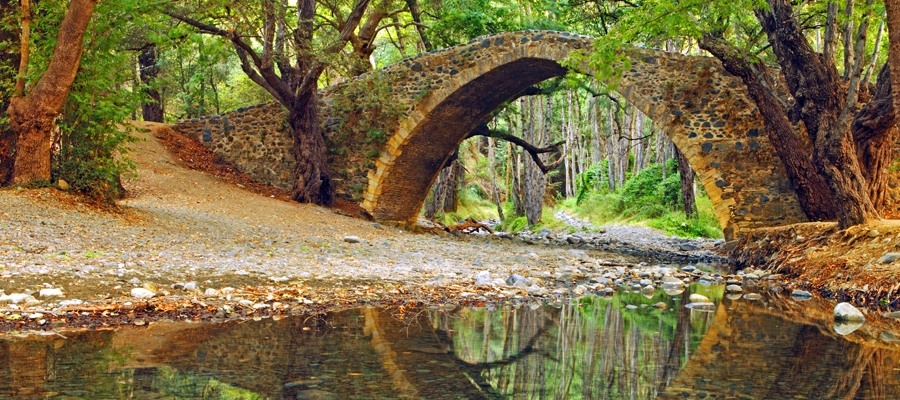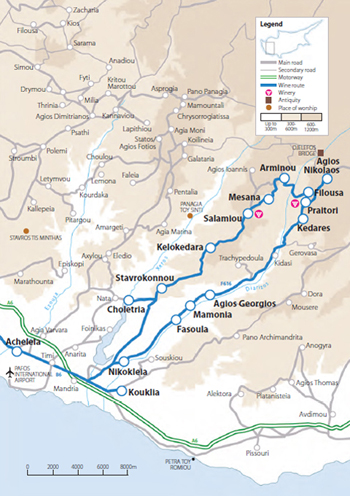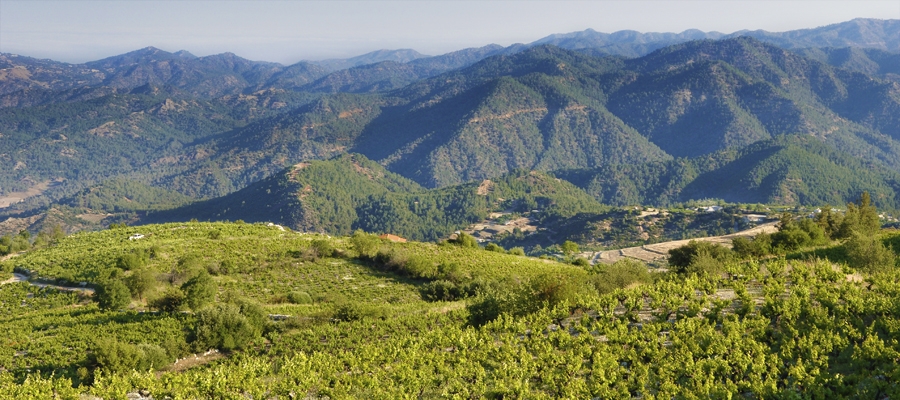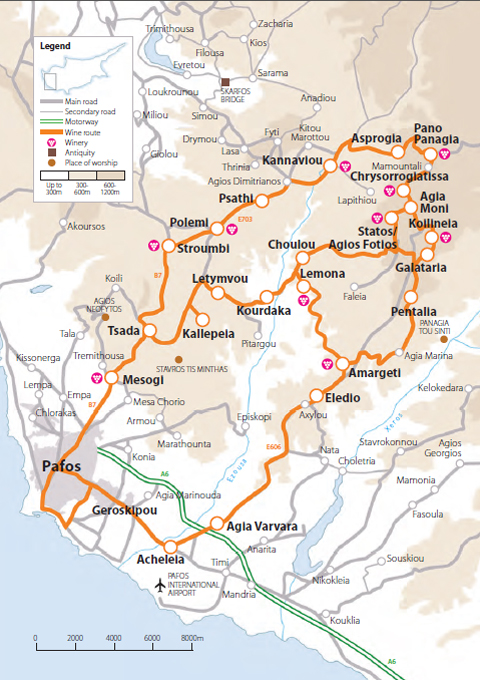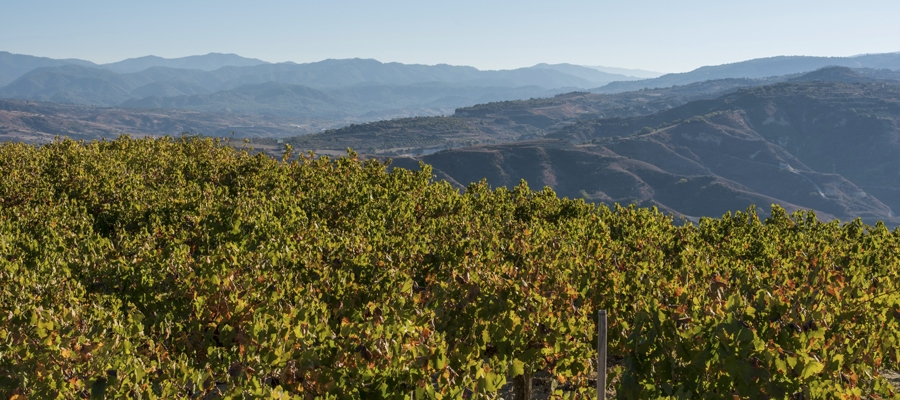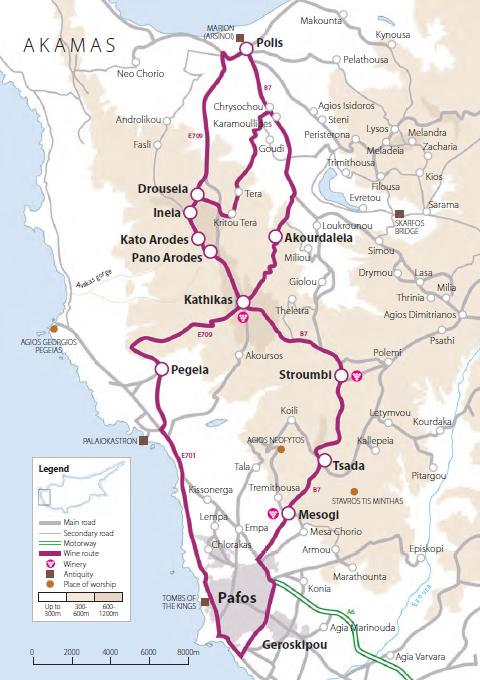Handicrafts are practised in individual villages where the traditional methods have been handed down from generation to generation, as well as at the island’s Handicraft Centres. Many workshops welcome visitors to observe them in action as they skilfully create in the old, preserved ways, whilst also providing information on the origins and history of the items being made, making them all the more special. You can also find a wide array of folk art at souvenir shops.
Lace: The famous ‘Lefkaritika’ embroidered linens are handmade lace pieces produced in the mountainous Larnaka (Larnaca) village of Lefkara since Venetian times. The linens are made in a very specific way in a process that is both intricate and time-consuming, making them highly prized. You can purchase the highly decorative tablecloths, curtains, placemats and dresser mats at local shops, or they can be made to order for something truly unique. Only lace made in the traditional way is considered to be authentic and is included on the UNESCO Intangible World Heritage List. Legend has it that the famous painter, Leonardo da Vinci himself visited the village in 1481 and bought a lace altar cloth, which he donated to Milan cathedral.
Another form of lace embroidery – that of narrow knit lace – is also practised in many traditional villages, and makes a lovely souvenir to take back home, or as a gift.
Woven goods: The practise of weaving was highly developed during Byzantine times and is still traditionally practised in the Pafos (Paphos) village of Fyti, which makes colourful geometric textured designs on un-dyed cotton cloth – particularly rectangular napkins, tablecloths and bed covers. The pieces can be found in Fyti, as well as in the Handicraft Centres and some souvenir shops.
Pottery: Pottery is a very ancient craft on the island, with the red clay vessels constituting an integral part of daily life in olden times when they were used to store and transport liquids such as wine and water, as well as for the storage of agricultural products. The tradition of pottery making prevails in the villages of Kornos [Larnaka (Larnaca) region] and Foini [Lemesos (Limassol) region], or you can find authentic pieces at the Cyprus Handicraft Centre.
Copperware: Cyprus is traditionally the island of copper, and the base metal was an important export for the island during ancient times. Coppersmiths still make copper pots and kettles today, as well as long-handled pots ‘mbriki’ for ‘cooking’ Cypriot coffee which are available from workshops and souvenir shops. If you are taking back a packet of Cypriot coffee, it is advisable to take a mbriki back too!
Silverware: The art of filigree, known as ‘trifouri’, is a delicate craft that twists fine silver wire into beautiful hand-made jewellery such as earrings, pendants and brooches, as well as decorative cutlery and tableware, with a resulting ‘cobweb’ effect. This traditional craft is still practised mainly in Lefkara, although you can find filigree pieces in jewellery shops and souvenir shops too.
Basketry: Basket making dates from ancient times, when baskets were made to serve a range of specific practical purposes from carrying agricultural produce to dressing bottles to avoid liquids leaking. Baskets are still traditionally made in the Pafos village of Ineia, the Lemesos village of Akrotiri, and the Famagusta villages of Xylotympou and Avgorou, as well as at the Handicraft Centre and other workshops. They come in all shapes and sizes, with the colourful, flat ‘Talari’, most commonly used as a wall decoration in modern times.
Decorated Gourds: The gourd is a vegetable of the marrow family that hangs from a climbing vine and comes in a range of shapes and sizes. The dried vegetable has been decorated and used for practical purposes on the island for many years, with the bottle-shaped gourd the most useful; traditionally used as a wine carafe, candlestick and container for salt or olives. The custom of decorating gourds with geometric patterns or animal and flower motifs is done by knife or with a hot poker, and is still practiced in villages today. Decorated gourds can also be found in souvenir shops.


